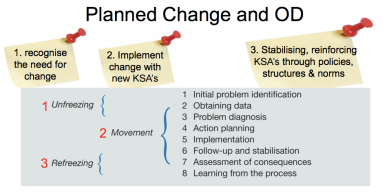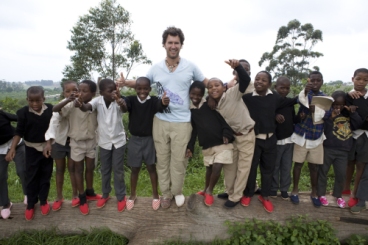Week 10: Global Dialogues: Fashion Digital Marketing Conference #FDM 2015
A full-day conference has been done in 4th September 2015. It was successful to invite those who are involved and wanting to find out more about fashion digital marketing to joined our event. The conference related to fashion digital marketing, digital anthropology, the mediatization of fashion, the use of social media to help and promote SME fashion business, the use of social media platforms such as blogging and vlogging, and the use of Wechat to promote fashion business in Asia- Pacific and Europe. We had invited professional speakers for the conference, they are:
- Dr. Agnès Rocamora (UK), Reader in social studies (London College of Fashion, UAL)
- Lynne Murray (UK), Director of Digital Anthropology Lab (London College of Fashion, UAL), non-executive director (Holition Augmented Retail).
- Mariko Kuo (JP, UK), Digital influencer, blogger, editor (Silk and Suits) and lawyer.
- Monique Lee Hylands-White (UK, TW), Digital fashion platform founder (X Terrace), PhD researcher (BCU), designer (Monique Lee Millinery), MBA International Fashion Management programme leader (Coventry University London Campus).
- Isabella Hemmersbach (DK), PR and marketing director (MUUSE Projects), fashion illustrator.
- Professor Zhaochen Ding (CN), WeChat researcher, interactive media expert (Beijing Institute of Fashion Technology).
Very thanks for the event organizer such as Coventry University London Campus Fashion Department, X Terrace Fashion Platform and Fashion Research Network and sponsors GH City Print and LuLu Trip. They support the event and make it looks like professional. All speakers were well prepared to share their experiences and ideas for the audiences. The audiences are active to ask the questions and discuss with the speakers.
During the last 9 weeks, London Fashion Live Project team did a good job of everything for the event. Everyone have our own responsibilities to be a member of the team. All the things we need in the event day are prepared one day before the conference. All the booklets, posters, camera and their charges are ready in the university. And the food & drinks are booked and arrived in the morning of the conference day. In order to decorate the fashion studio and G.09 in Coventry University London Campus, those who attended to the decorating team advance arrived to the university and moved the tables and chairs, arranged fashion studio and became a lunch hall.
As a PR team member, Bonnie and me have responsibility on organizing food and drinks for the guests in the conference day. In the morning, we prepared coffee and teas outside the G.09. Campus staffs provide us university antependium to make drinks and cookies table look nice and professional. Lunch was been well prepared at fashion studio in the noon of the event day. All needed items such as glasses, forks and knifes had been carry from the kitchen to fashion studio through dining car. The food and drinks were nice. The guests ate happy and the lunch provides a social opportunity for the speakers and audiences to know each other and talk with others. It is not easy to look after the food and drinks all day. Because we were not only have to make sure the food and drinks table look nice but also need to clean the dirty glasses if needed.











